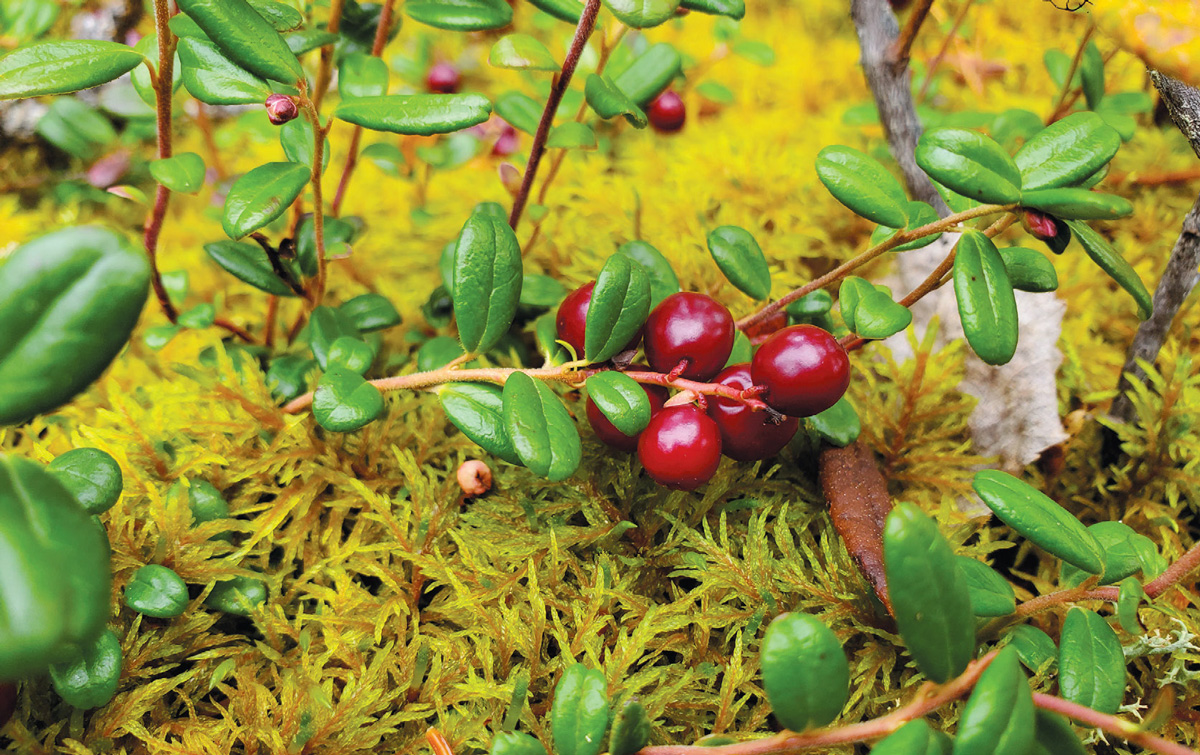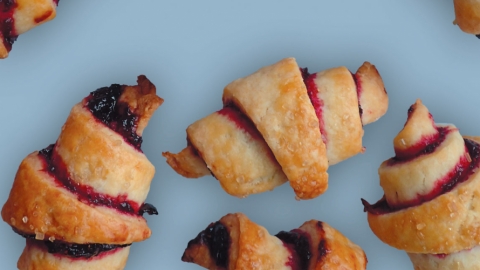Berry Nation
In Braiding Sweetgrass, botanist Robin Wall Kimmerer has many surprising things to say about non-human nature, and the most surprising of all is that there is no such thing. We are not excluded, and in fact our exclusion from longstanding partnerships with nature can result in unexpected damage. An established scientific opinion said her beloved sweetgrass would thrive best without human harvesting. Research by Kimmerer and a graduate student showed that the grass grew best with harvesting by careful cutters and pullers (it didn’t matter which) who approached the plant with respect for where and how it was growing.
Kimmerer is an enrolled member of the Citizen Potawatomi Nation and a scientist, but describes herself first as a mother. For me, Kimmerer does much more than cross the science/Indigenous knowledge divide. She is a healer and restorer. In the spring of 2023, the Mariner Theater in Homer, Alaska was packed for a talk by Kimmerer, part of that year’s Kachemak Bay Writers’ Conference. Many of us went to the talk hoping for insight from this thinker— about human-exacted losses in nature, and, for many of us, about being the wrong kind of people to be able to set things straight. Kimmerer told us yes, not everyone is Indigenous, and those who are not cannot become so, but the possibility is there for all of us to be “naturalized,” aware and part of the nature we have felt apart from, the nature we have harmed with our separation from it. She said the knowledge and willingness needed to heal the damage we have caused excludes no one.
To see our part in the whole is difficult homework. I come to my rural home, surrounded by forest, with assumptions. The satisfactions of “putting up food” come down to me from every cultural and philosophical lineage I belong to. Being of farmers, I garden and gather. I expect the land to feed me. Being of humans, I have expected to guide and control how it feeds me, and in fact to call it an “it.” The angle of power in this assumption is steeply downward.
What I begin to see, after decades, is first of all my incredible luck to live in a place where my questions about how to live next to a forest can be asked of the plant and animal beings who are here, and also asked of still-present and wiser humans. Next to this luck, I begin to see that I have little control over weather or other changes, and little knowledge about what health means to the soil. The poisons and technologies available to my hand, even as a gardener, are in large degree the manifestation of a great ignorance.
But again there is luck. I am not desperate to be fed by berries, as some humans may and will be. I live at their grace on September days, at the foot of their Nation. The joy in this food sustains me—the sun, the looking, the companions, the bowing to pick, the smell and texture of woods. Our love of cooking and caring for people contains all these things, and mirrors the generosity we’ve found at so many tables.
When I was in my 20s, I picked blueberries near Kobuk with two Inupiaq grandmothers, Doris Fisher and Nina Lie. They told me that they worried about berry-picking scoops, those tools that rake the bushes. Doris and Nina thought that the metal-fingered scoops might break the tender new growth of the plant, or maybe worse, make the plant feel disrespected. Human hands, and the lips of animals, were what berry bushes knew and expected. In the same years, I picked kikminnaq, the lingonberries known as lowbush cranberries, with young women still very immersed in the understandings of their upper Kobuk culture. I don’t remember the conversations, just the kneeling and leaning uphill in the caribou lichens and berries of those birch woods, pulling berries into the curved bark baskets made to hold them. I marveled at my friends’ hands working, the berries raining into the baskets.
Years later, our friend Ted Matson made us a berry picker from the teak wood of a wrecked wooden fishing boat in Bristol Bay. It is a lovely thing, built to fit a human hand and with carefully embedded brazing rods for teeth. Ted is a thoughtful man who spent decades catching salmon and flying airplanes, his own long partnerships with the uncertainties of nature. I have lent the scoop to berry-picking companions who asked for one. It is both beautiful gift and koan, a question neither good nor bad, one that reminds me to consider what the berries may think of us.
Our Alaskan family and friends are all devoted to the picking and eating of lingonberries, commonly called lowbush cranberries. My daughter Kari Odden and I collected 44 raw and cooked recipes for our book, Upcountry Cranberry: A Treasury of Sour, Savory, and Sweet Wild Lingonberry Recipes.
This originally appeared in Issue 33, Fall 2024









